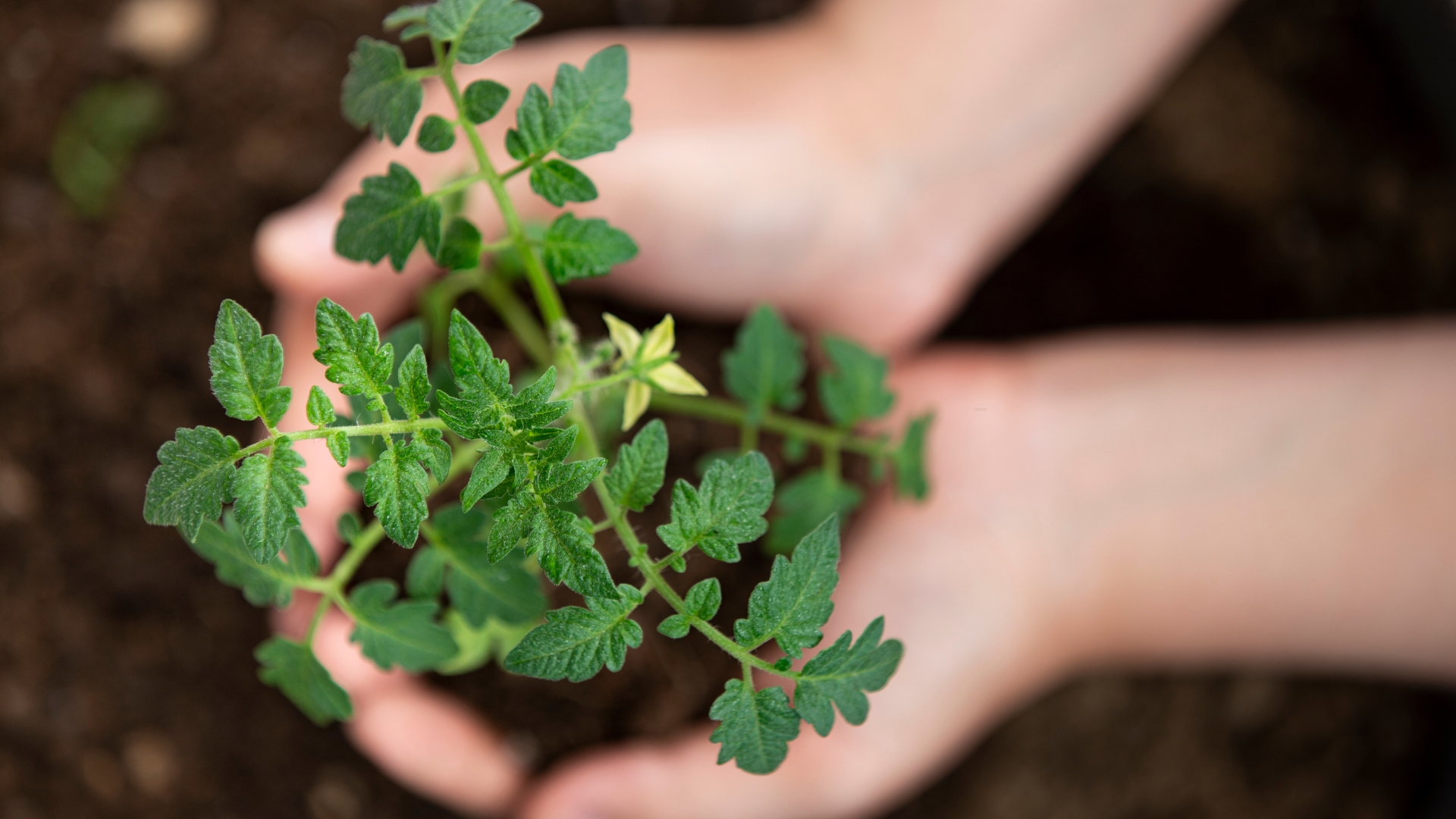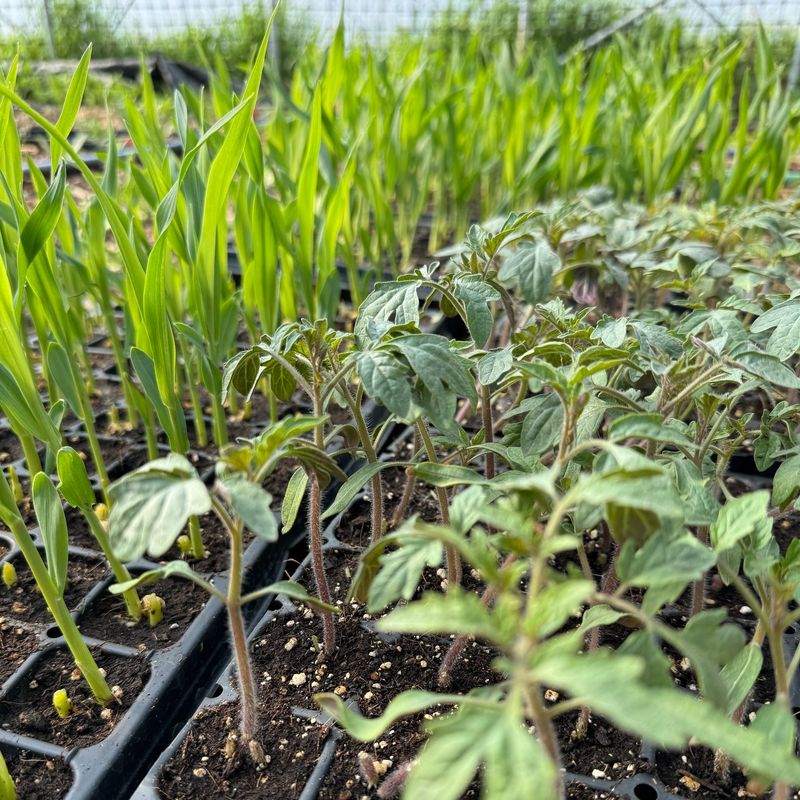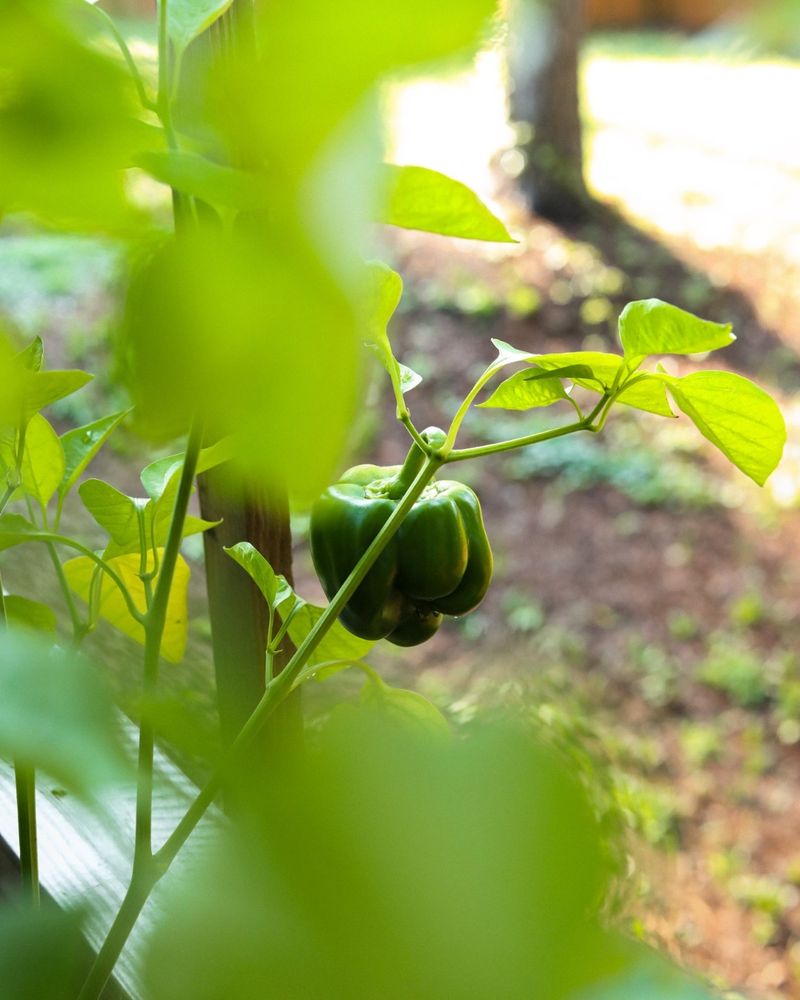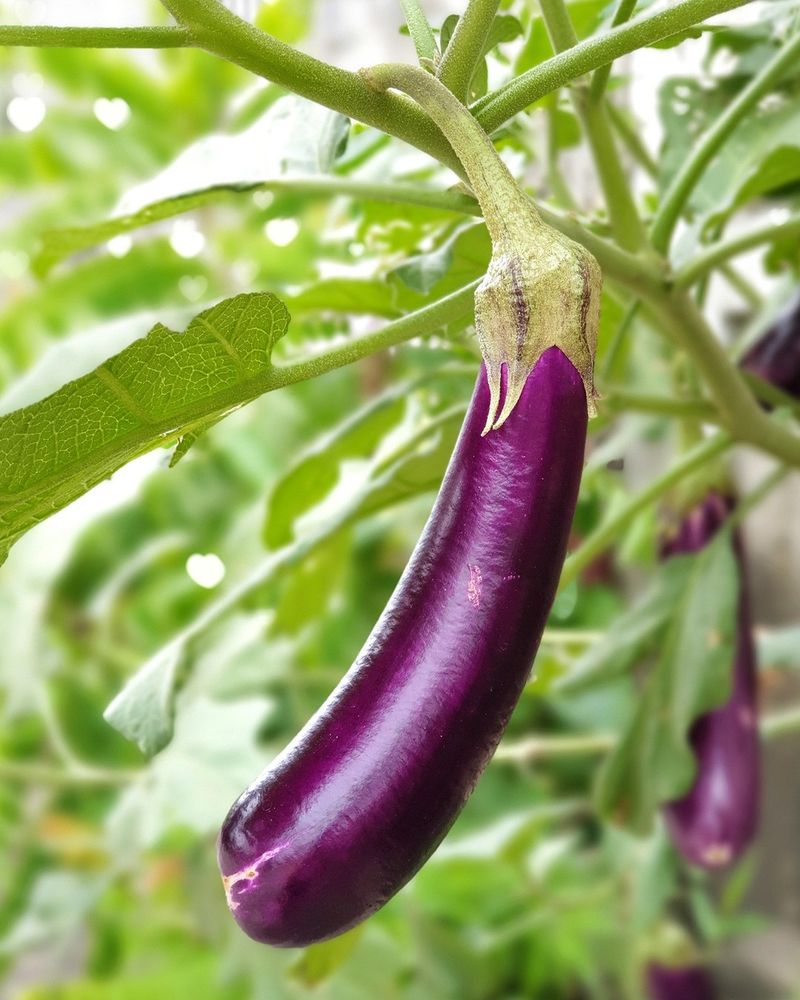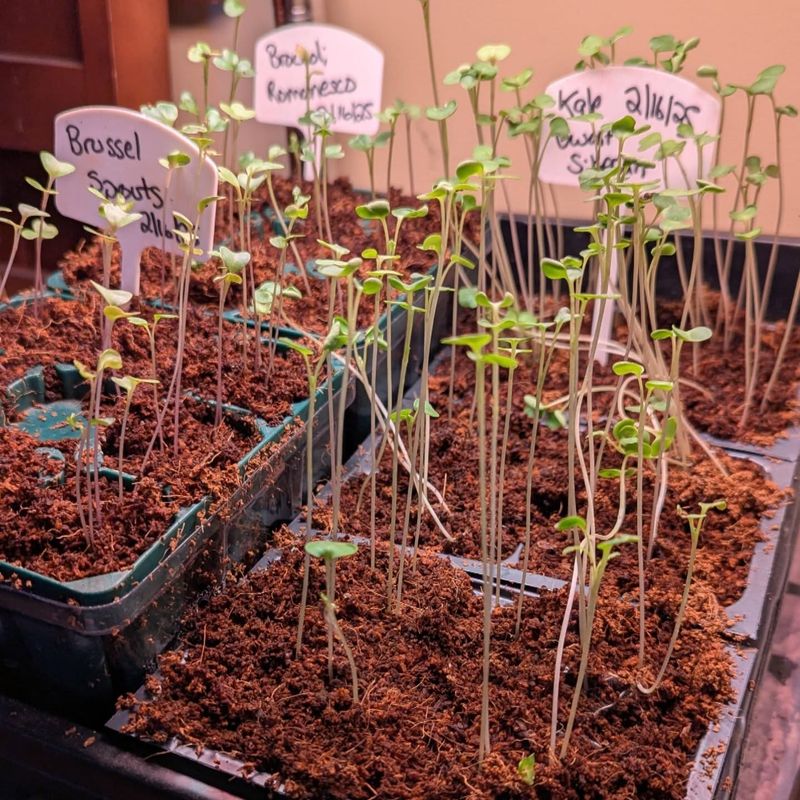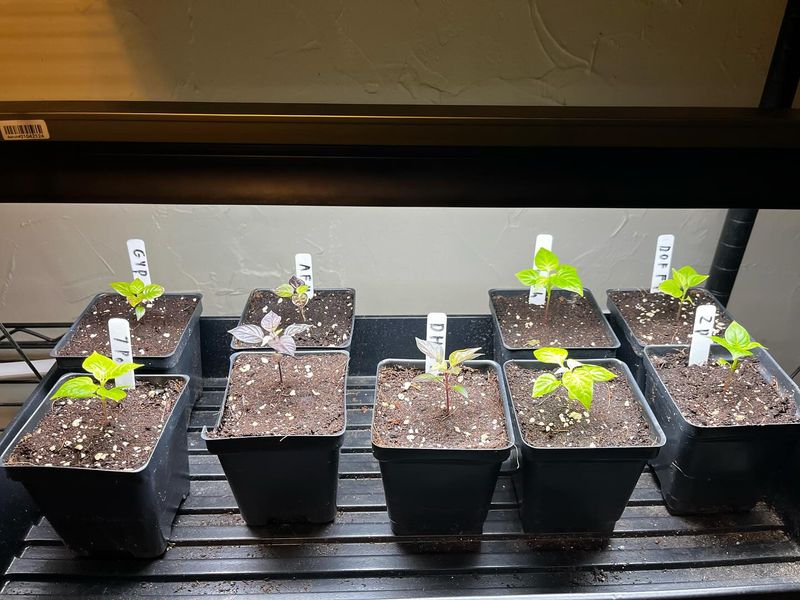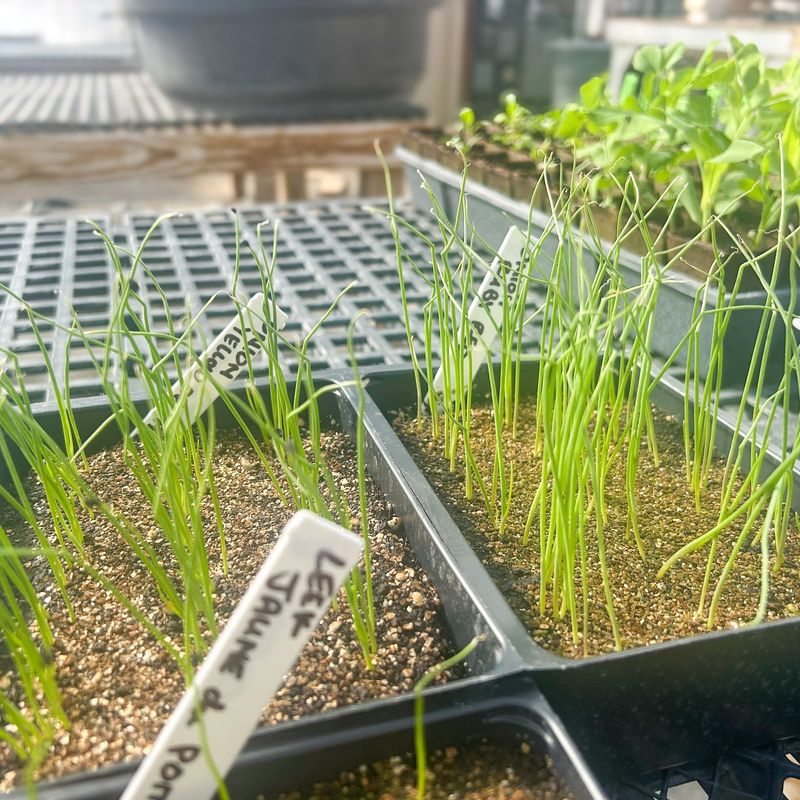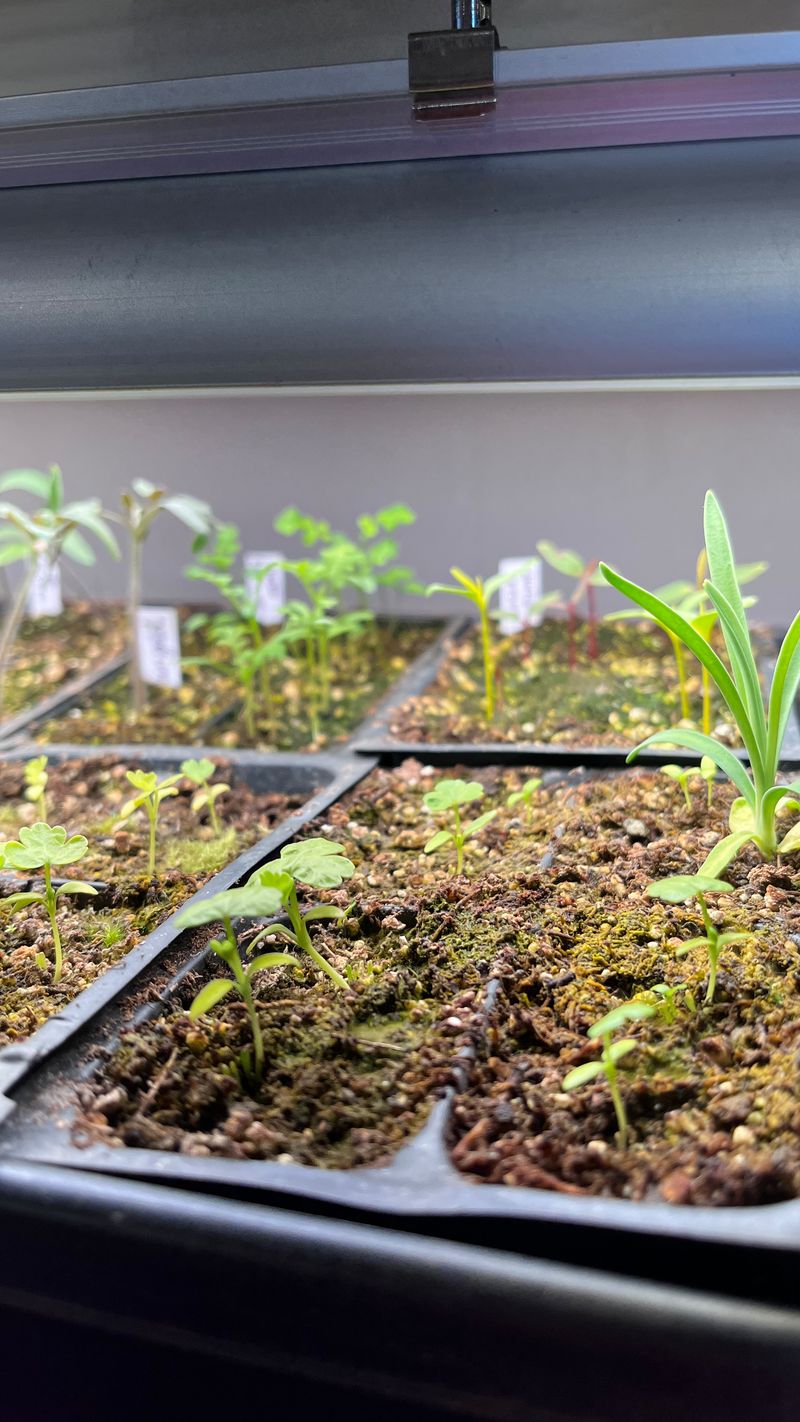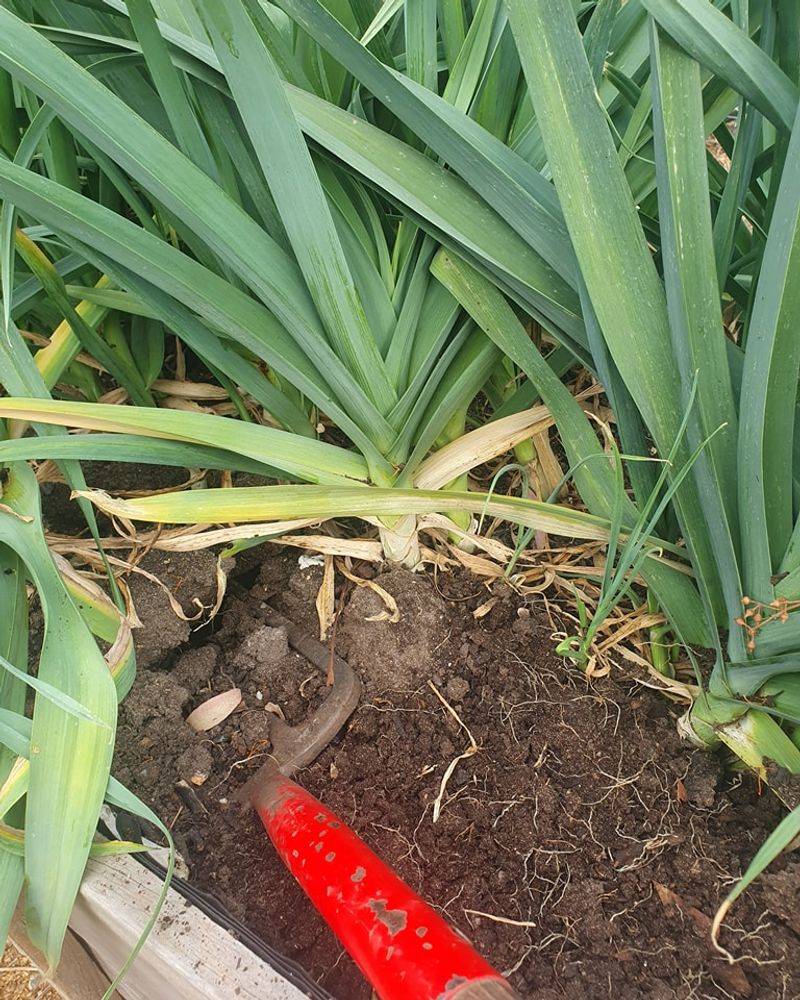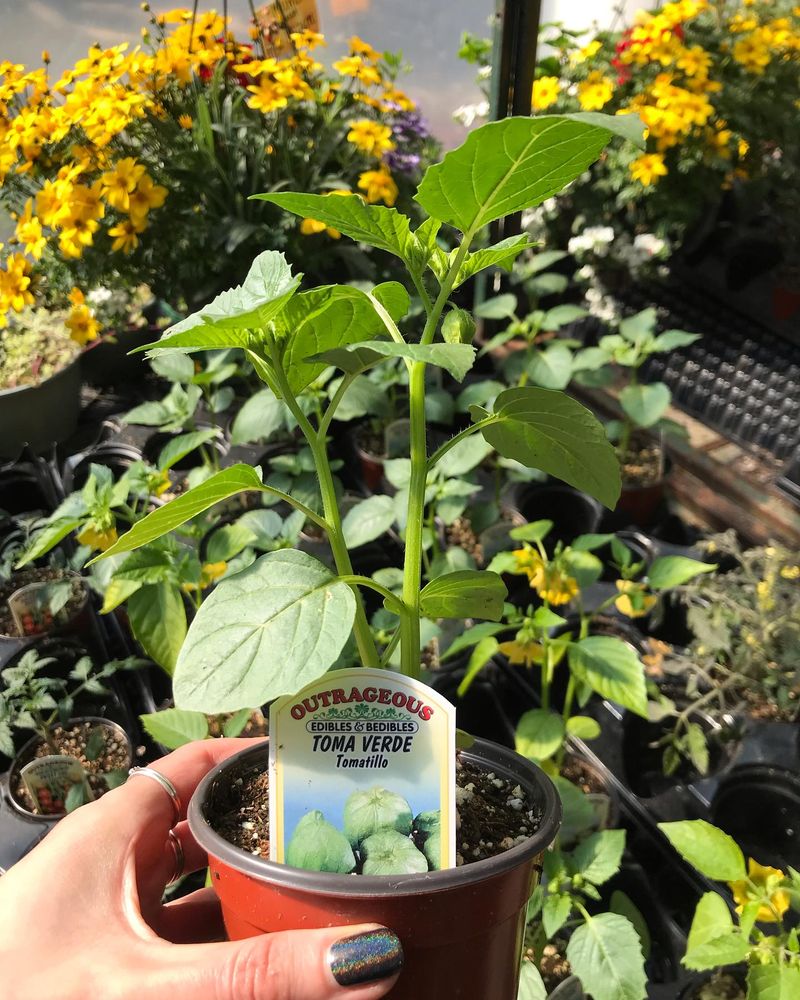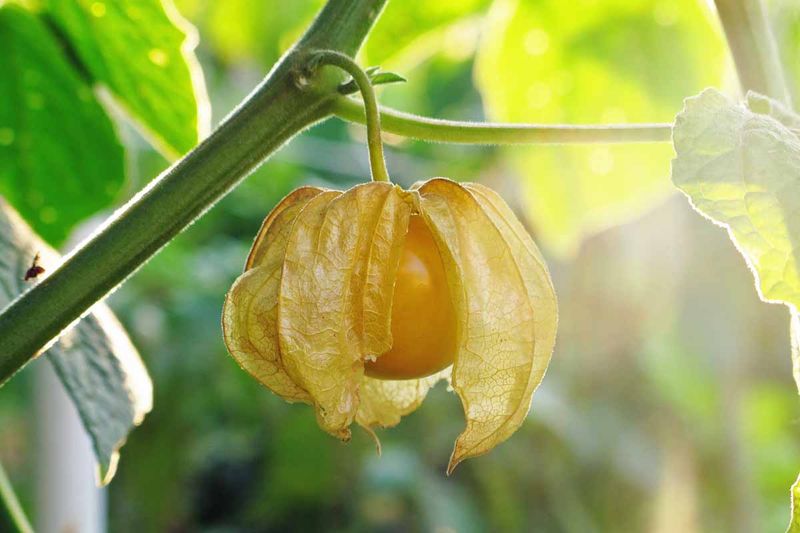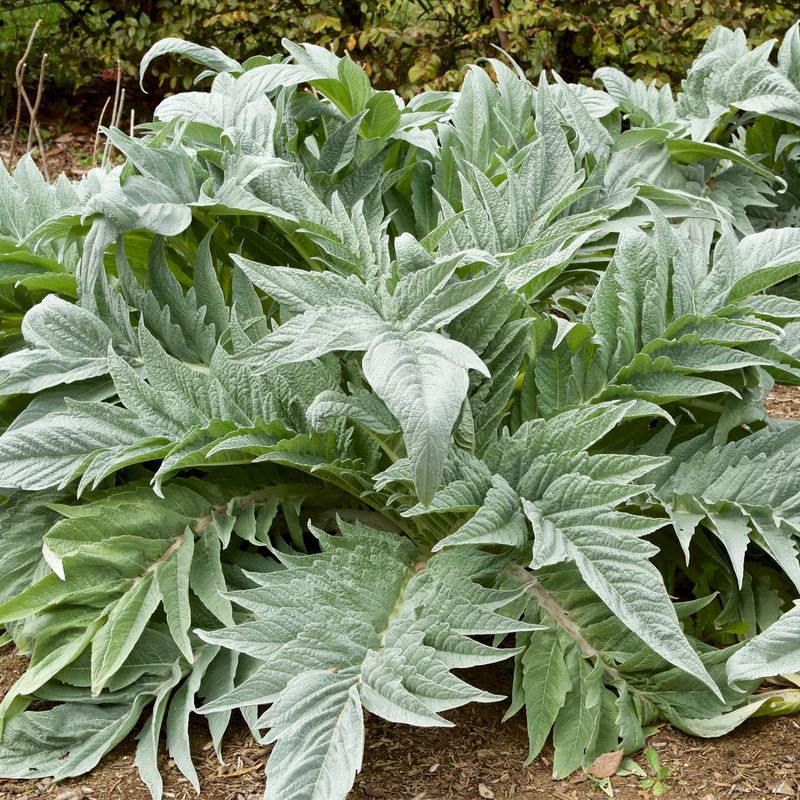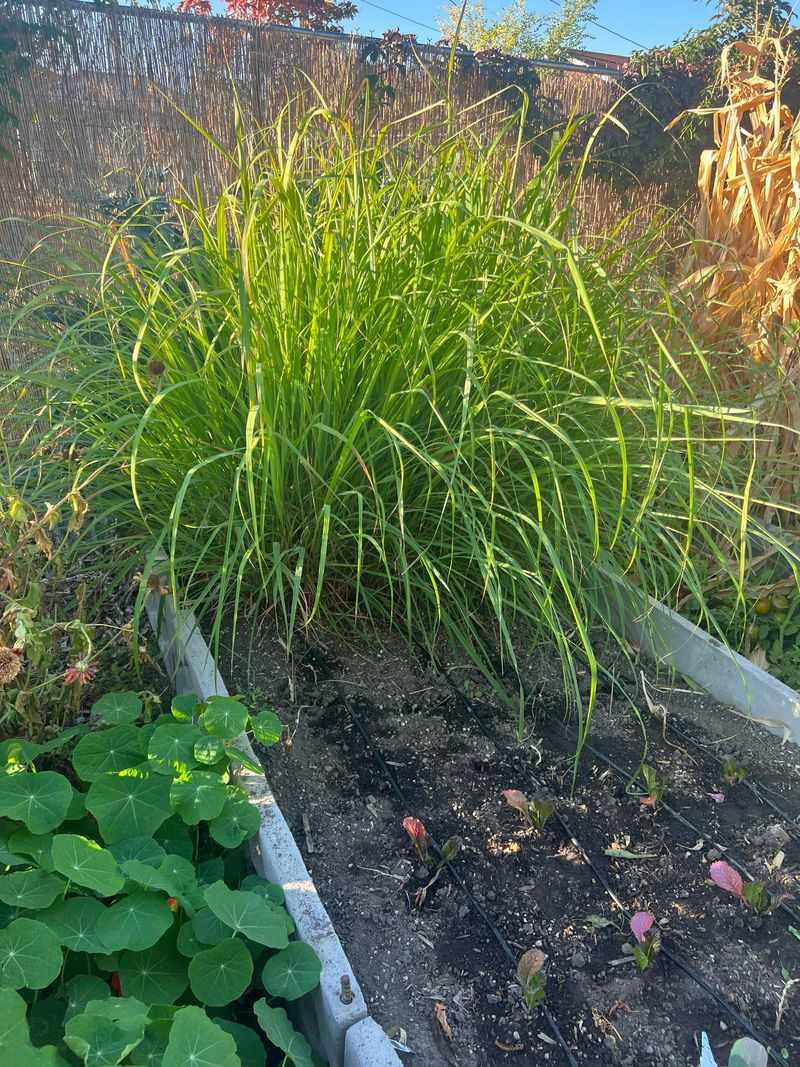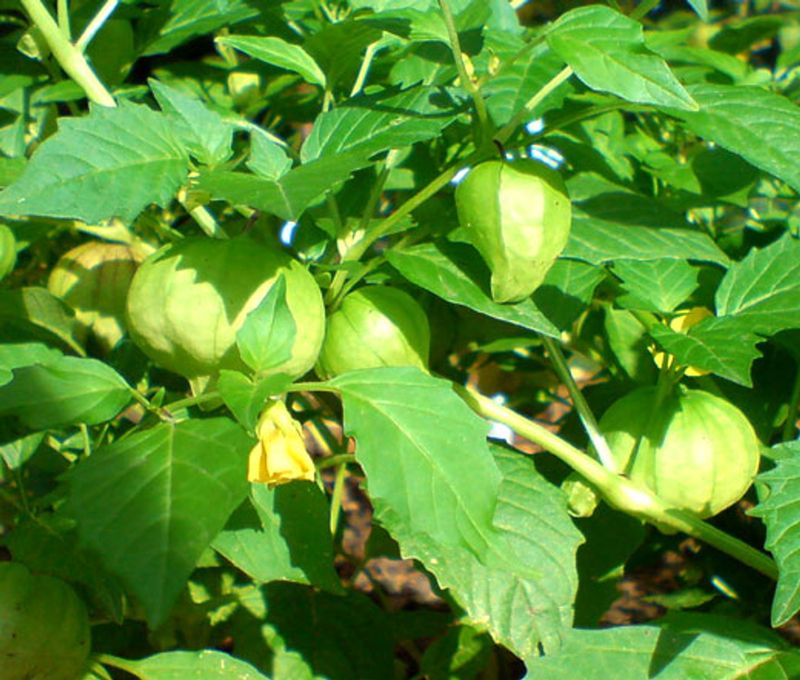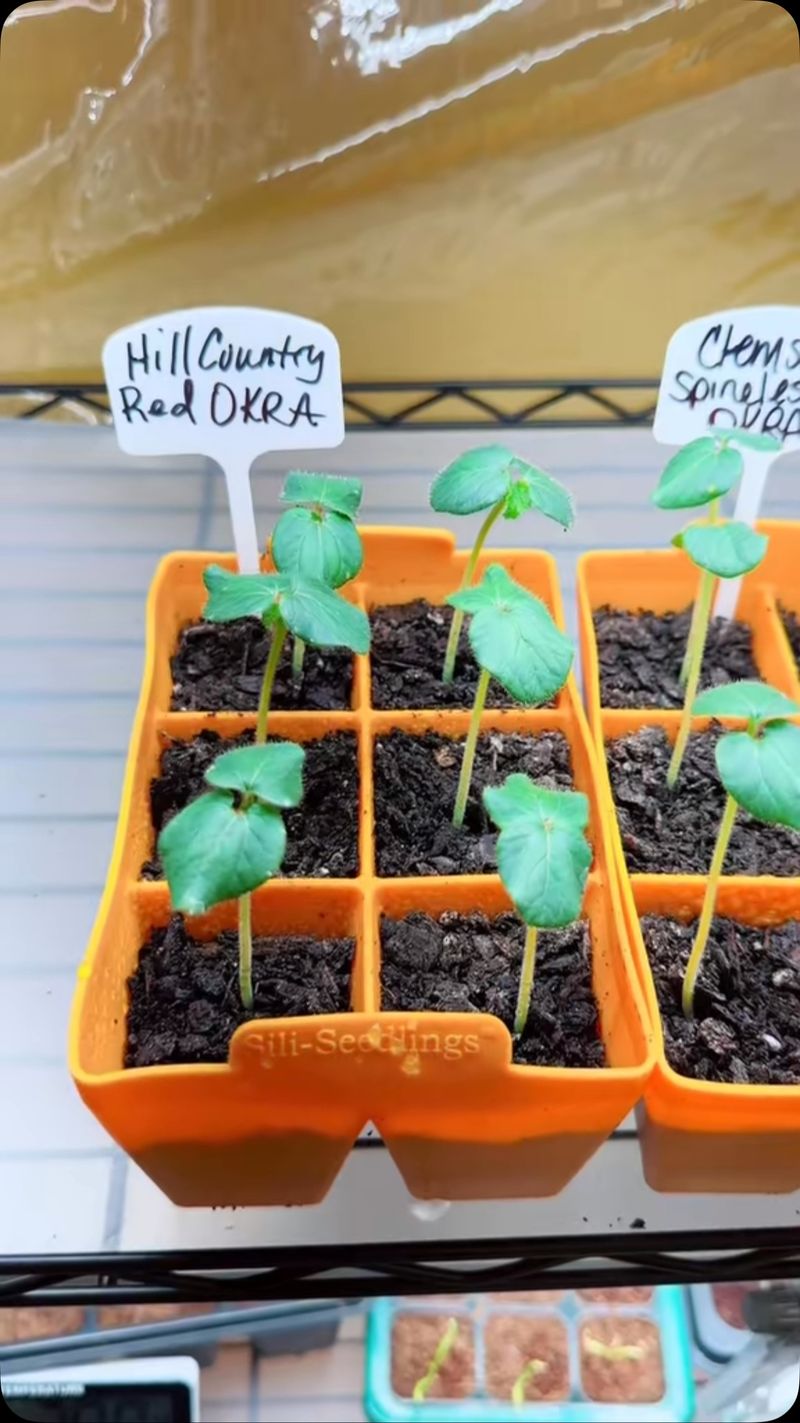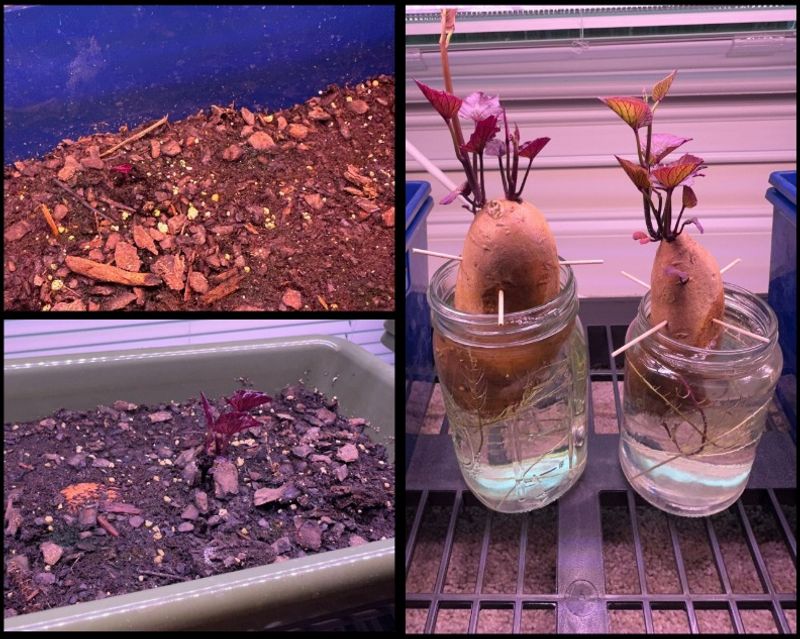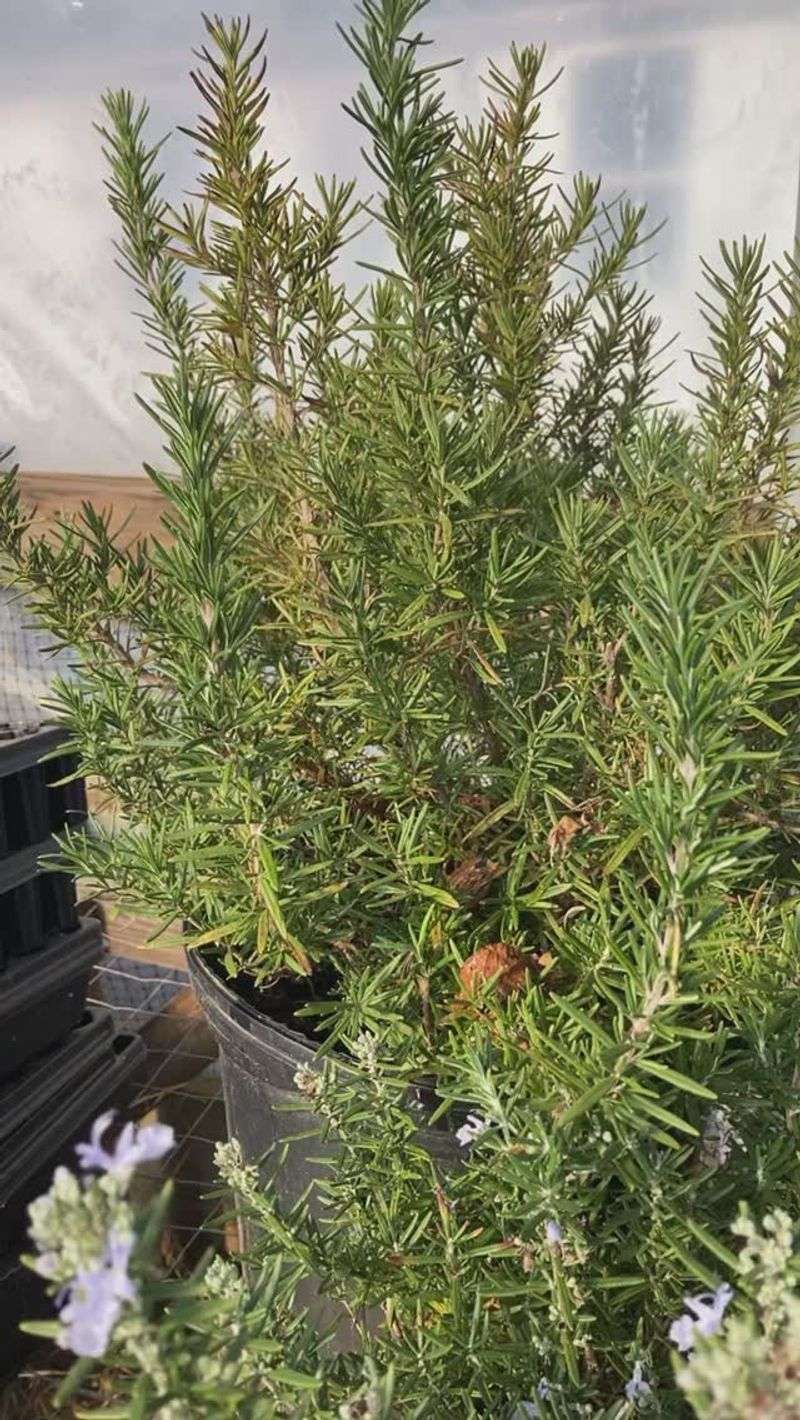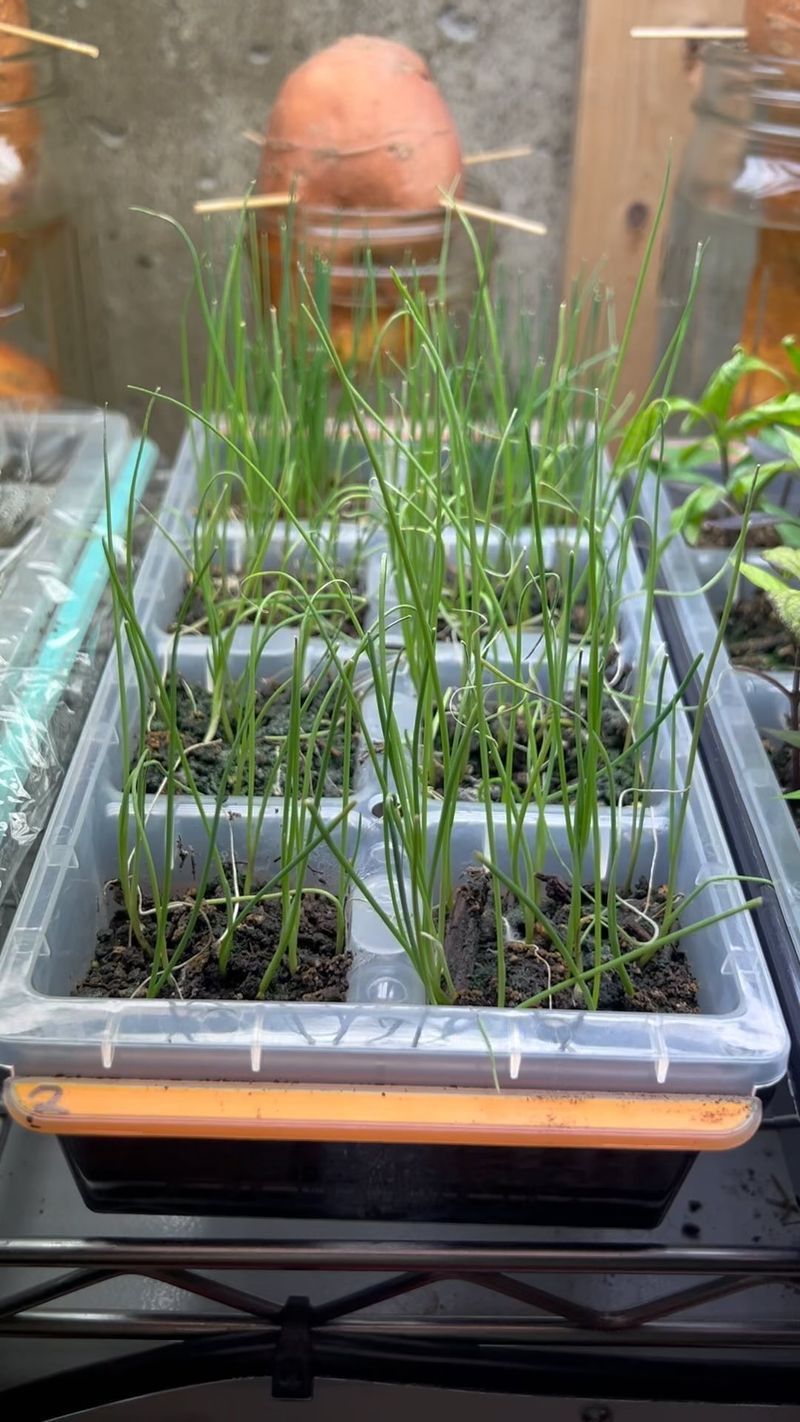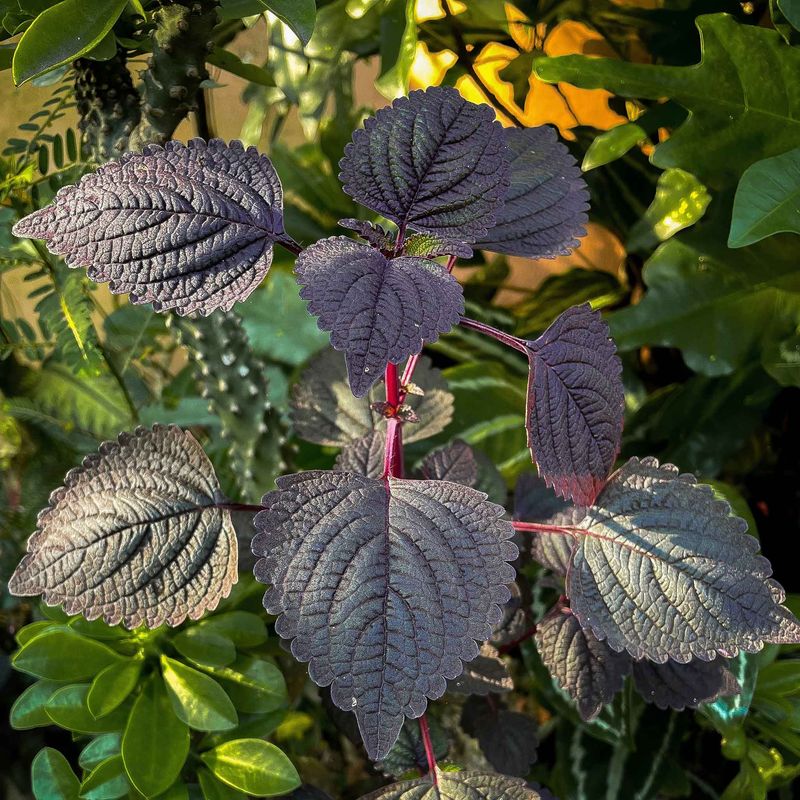Getting a jump start on your summer garden can make all the difference between average results and a bountiful harvest. Many plants need extra growing time before they’re ready to face the outdoor elements. Starting these seeds indoors gives them the perfect head start, ensuring they’ll thrive when June’s warm soil welcomes them to their permanent garden home.
1. Beefsteak Tomatoes
Juicy beefsteak tomatoes require a lengthy 6-8 week indoor growing period before transplanting. Their sprawling vines and heavy fruits need time to develop strong root systems that can support their eventual bounty.
Start these seeds in seed-starting mix, keeping soil consistently moist but not soggy. Place seedlings under grow lights for 14-16 hours daily to prevent leggy growth.
Once seedlings develop their second set of true leaves, transplant to larger containers until garden soil warms to 65°F in June.
2. Sweet Bell Peppers
Garden-fresh bell peppers demand patience, needing 8-10 weeks of indoor nurturing before garden planting. Their slow-growing nature means an early February or March start for June transplanting.
Warmth speeds germination dramatically – use a heat mat to maintain soil temperature around 80°F until sprouts emerge. Provide bright light immediately after germination to prevent stretching.
Harden off gradually by exposing seedlings to outdoor conditions for increasing periods over 7-10 days before permanent planting.
3. Eggplant
Royal purple eggplants grow at a snail’s pace when young, requiring 8-10 weeks of protected indoor growing. Their tropical heritage makes them particularly sensitive to cold, demanding warm conditions from day one.
Maintain soil temperature at 75-85°F during germination using a heat mat. Once sprouted, these seedlings need consistent warmth and at least 14 hours of bright light daily.
Transplant outdoors only when nighttime temperatures remain steadily above 55°F, usually in late June in cooler regions.
4. Brussels Sprouts
Long-season Brussels sprouts need an early indoor beginning for fall harvest. Starting them 6-8 weeks before outdoor planting gives them necessary growing time to develop their characteristic stalks and mini-cabbages.
Sow seeds ¼ inch deep in seed-starting mix and keep consistently moist. These cool-weather lovers don’t need extra heat to germinate effectively.
After transplanting in June, Brussels sprouts will continue growing through summer, with sprouts maturing after the first light frosts improve their flavor in fall.
5. Ghost Peppers
Fiery ghost peppers challenge even experienced gardeners with their extremely long growing season. Starting seeds 10-12 weeks before outdoor planting is essential for these super-hot peppers to mature properly.
Germination can take up to 4 weeks, so patience is key. Use a heat mat to maintain 80-90°F soil temperature and never let seedlings dry out completely.
These heat-loving plants should only be moved to the garden when soil temperatures reach at least 70°F and all danger of frost has passed.
6. Artichokes
Magnificent artichokes, typically grown as perennials in mild climates, can be cultivated as annuals with proper timing. Start seeds 8-10 weeks before last frost to trick these biennial plants into producing edible buds their first year.
After germination, expose seedlings to 10-14 days of temperatures below 50°F (but above freezing) to stimulate bud formation. This cold treatment, called vernalization, fools plants into thinking they’ve experienced winter.
Transplant into garden beds with rich, well-drained soil and plenty of space – artichokes grow up to 4 feet tall and wide.
7. Celery
Notoriously finicky celery seeds require 10-12 weeks of indoor growing before garden planting. Their tiny size and specific germination needs make them challenging but rewarding for determined gardeners.
Barely cover seeds with soil – they need light to germinate. Keep soil consistently moist using a spray bottle to avoid washing away seeds.
Celery seedlings grow slowly at first, so don’t be discouraged by their seemingly minimal progress. Transplant outdoors when seedlings are 3-4 inches tall and nighttime temperatures stay reliably above 55°F.
8. Leeks
Slender leeks grow at a glacial pace, needing 8-10 weeks indoors before garden transplanting. Their slow-growing nature rewards patient gardeners with sweet, mild flavored stalks perfect for soups and roasting.
Sow seeds ¼ inch deep in seed-starting cells or flats. When seedlings reach 6 inches tall, trim tops to 3 inches to encourage thicker growth – a practice you can repeat every few weeks.
Transplant into trenches 6 inches deep, gradually filling in soil around stems as they grow to create the prized blanched white portion.
9. Tomatillos
Papery-husked tomatillos benefit from 6-8 weeks of indoor growing before garden transplanting. Related to tomatoes but with distinct growth habits, these Mexican staples produce better when given ample time to develop.
Plant seeds ¼ inch deep and keep soil consistently moist. Once germinated, provide 14-16 hours of bright light daily to prevent leggy growth.
Remember to plant at least two tomatillo plants in your garden – they require cross-pollination to produce fruit, unlike their self-pollinating tomato cousins.
10. Ground Cherries
Sweet-tart ground cherries (also called husk cherries) need 8-10 weeks of protected growing before garden planting. These tomato relatives produce marble-sized fruits wrapped in papery husks that fall to the ground when ripe.
Start seeds in warm soil (75-80°F) for best germination. Once sprouted, grow under bright lights, keeping seedlings on the dry side to prevent damping off disease.
Transplant outdoors after all danger of frost, spacing plants 2-3 feet apart to accommodate their sprawling growth habit.
11. Cardoon
Dramatic cardoon, with its architectural silver-blue leaves, requires 8-10 weeks indoors before garden transplanting. This Mediterranean relative of the artichoke is grown for its edible stalks rather than flower buds.
Soak seeds overnight before planting ¼ inch deep in seed-starting mix. Germination can be irregular, so plant extra seeds to ensure success.
Transplant these attention-grabbing plants into full sun locations with well-drained soil. Their dramatic appearance makes them suitable for both vegetable gardens and ornamental borders.
12. Lemongrass
Aromatic lemongrass brings tropical flavor to gardens but needs 8-10 weeks of indoor growing in cooler climates. This Southeast Asian staple grows slowly at first but accelerates once established.
Maintain soil temperature around 70°F during germination. Seeds can take 2-3 weeks to sprout, so don’t give up too soon.
Transplant into garden beds or large containers when nighttime temperatures remain consistently above 55°F. In cold climates, consider growing in containers that can be brought indoors for winter.
13. Cape Gooseberries
Golden cape gooseberries require 8-10 weeks of protected growing before garden transplanting. Their tangy-sweet berries, encased in papery husks like tiny Chinese lanterns, need a long season to mature fully.
Start seeds in warm soil (70-75°F) and provide bright light immediately after germination. These relatives of tomatoes and ground cherries grow vigorously once established.
Transplant outdoors after all danger of frost, giving plants plenty of space – they can spread 2-3 feet in all directions.
14. Okra
Heat-loving okra benefits from 4-6 weeks of indoor growing before transplanting into warm garden soil. While not requiring as much head start as some vegetables, early indoor sowing ensures productive plants before summer’s end.
Soak seeds overnight before planting to speed germination. Use biodegradable pots to prevent root disturbance during transplanting, as okra dislikes root disruption.
Move seedlings outdoors only when soil temperatures reach at least 65-70°F and nights remain warm, as cold can permanently stunt growth.
15. Sweet Potatoes
Orange-fleshed sweet potatoes aren’t typically started from seeds but from sprouts called slips. Creating your own slips takes 8-10 weeks before garden planting time in June.
Start by suspending sweet potato tubers halfway in water using toothpicks. Once sprouts with leaves reach 6-8 inches, gently twist them off and place in water until roots develop.
Plant rooted slips outdoors when soil warms to at least 65°F and all danger of frost has passed.
16. Rosemary
Fragrant rosemary tests a gardener’s patience, requiring 8-10 weeks from seed to transplant size. This Mediterranean herb germinates slowly and grows even more slowly at first.
Sprinkle seeds on top of soil rather than burying them, as they need light to germinate. Expect germination to take 14-21 days, sometimes longer.
Keep seedlings on the dry side after germination – rosemary hates wet feet. Transplant outdoors when seedlings are 3-4 inches tall and temperatures remain consistently above 55°F.
17. Onions
Kitchen-essential onions require 10-12 weeks of indoor growing when started from seed. Their slow initial growth rewards gardeners with larger bulbs than those typically achieved from sets (small bulbs).
Sow seeds ¼ inch deep in seed-starting mix. When seedlings reach 5-6 inches tall, trim tops to 3 inches to encourage bulb formation rather than leaf growth.
Transplant seedlings into garden beds when they’re about the diameter of a pencil, spacing them according to variety – usually 4-6 inches apart.
18. Shiso (Perilla)
Purple or green shiso leaves add distinctive flavor to Asian dishes and need 6-8 weeks indoors before garden planting. This mint relative germinates erratically, testing gardeners’ patience.
Cold stratification improves germination – refrigerate seeds mixed with damp sand for 2-4 weeks before planting. After stratification, sow seeds just barely covered with soil.
Transplant seedlings outdoors after all danger of frost has passed. Once established, shiso often self-seeds readily, returning year after year in favorable conditions.

